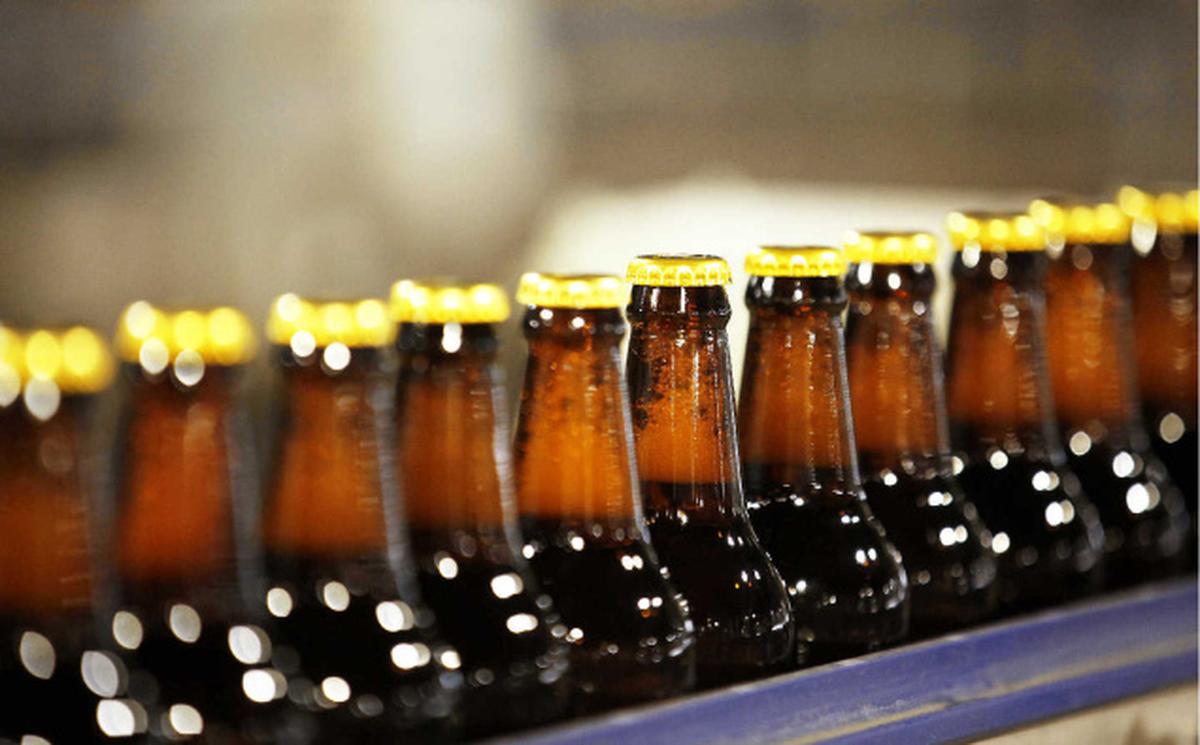“Man cannot live by bread alone.” Well, bread and beer use (almost) the same ingredients thereby allowing one to put a (heady) twist on this adage. Cheeky as that may sound, even some historians contend that beer possibly came before leavened bread. Today, it remains the most consumed alcoholic beverage in the world, ranked third overall, behind tea, and water, two drinks which, let’s be honest, are never the ones to be included in any party-starter kit.
Beer mug isolated on white beer mug on background
For a beverage with a ten-thousand-year history, not much has changed in its recipe – malt, water, hops and yeast. Sure, we have more technology and can tinker with a few extra ingredients, or play around with the type and usage of hops, but in principle, beer remains beer. Now most of us won’t over-think things while knocking back a pint with a friend at a pub, but beer has history and style definitions that are complex enough to make a sommelier rethink their stance. This last bit I share from personal experience as someone who recently had to relearn tasting and identifying faults in beer (as opposed to wine) and believe me that before the day of our practical test, I felt like a kid a day before their twelfth standard final board exams.

Bottles of beer
The world today may drink more lagers then ales but historically, ales have been the traditional beverage of choice. In the last few decades, beer has gone completely hipster and we have regional styles like West Coast IPA becoming globally-accepted styles of beer to make and to serve at micro-breweries.
A flight of 4 craft beers lined up on the bar.
“Micro-brews”, now that word is as crafty as, well, ‘craft’. Whether you make a few hundred litres a day or the equivalent of 15,000 barrels a year (which, by the way, is a lot of beer), or run an industrial unit the size of a small city, you can all call yourself ‘craft’ somehow.
I much prefer the word ‘draught’ instead, ‘draft’ for my American readers. Fresher, better chilled, and with significantly fewer preserves in the beer – what’s not to like.
Should all beer be bitter, well, it is quite an essential element of a beer. Some are more bitter than others but in the end, a well-made beer should be about balance and freshness and, a word which beer-nerds use a lot, ‘session-ability’. It implies how many pints can be drunk in one sitting (or session). Some will call a beer sessionable (or crushable, or poundable) if it presents an easy-to-appreciate range of flavours and textures which aren’t too daunting or overwhelming. Either ways, sessionable or not, draught or from a can or bottle, moderation is key because even at nearly 95% water by volume, it can still leave you dehydrated the morning after.
Know your beer
Among the top Indian brands, Bira 91, White Rhino, Kati Patang and Simba come to mind. Kingfisher remains ubiquitous but other (foreign) brands like Heineken, Tuborg, Budweiser are also conspicuously present. Lagers and Wheat beers remain the most popular styles across India and only a handful make IPAs and Stouts. Pune and Bangalore have been leading the taproom + microbrewery revolution but other cities are catching on (Chandigarh, Shimla, Mumbai, and even Hyderabad. No matter the format that your beer comes in, ensure a clean, unfrosted glass (i.e., not one from a fridge or a chiller), respect the service temperature (a bottle must be too cold to hold, that’s the ideal service temperature) and remember to pour a good 1.5-2inches of head (foam) on top.
Stay connected with us on social media platform for instant update click here to join our Twitter, & Facebook
We are now on Telegram. Click here to join our channel (@TechiUpdate) and stay updated with the latest Technology headlines.
For all the latest Life Style News Click Here
For the latest news and updates, follow us on Google News.
